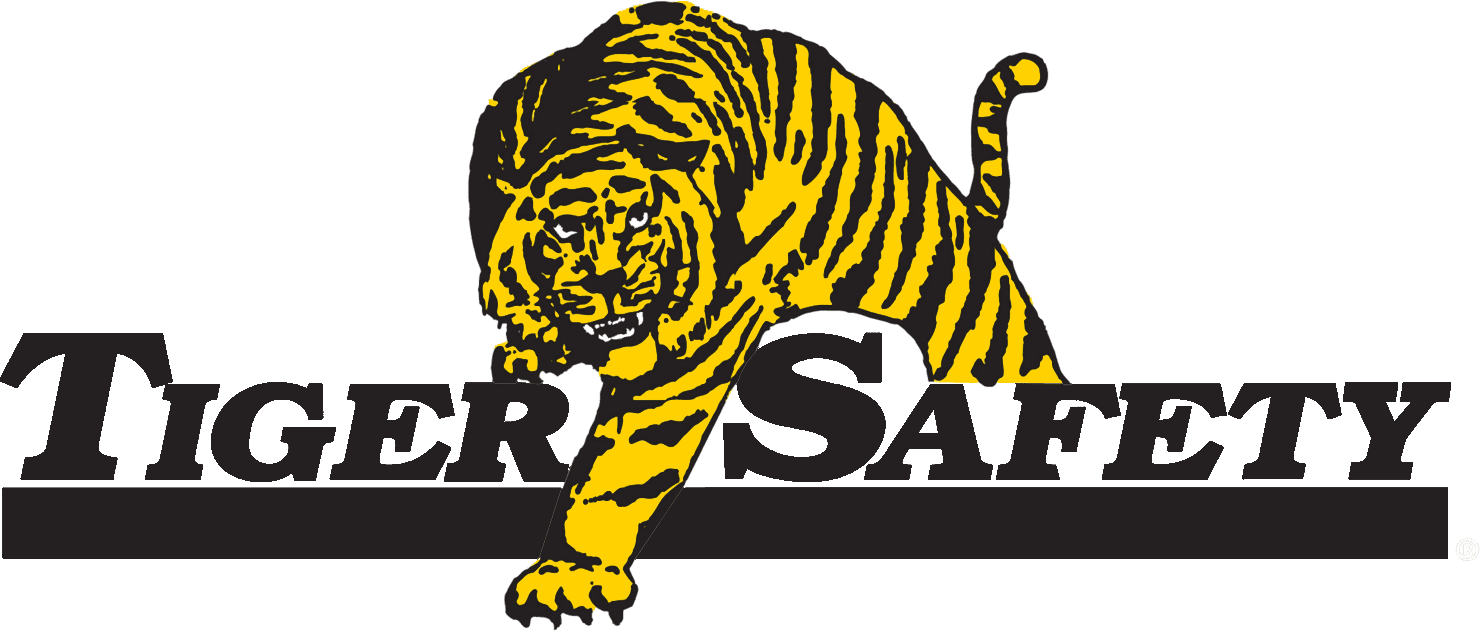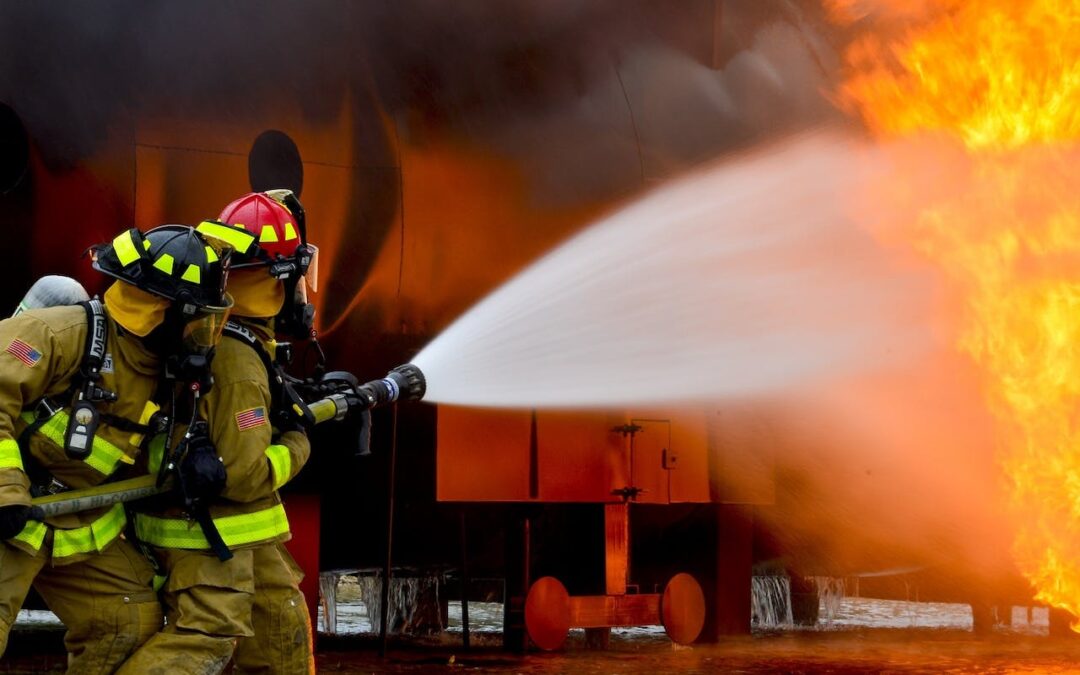Safety training is a critical component of any successful oil and gas operation, ensuring that workers have the proper knowledge and skills to navigate the hazardous environments and situations they encounter daily. In this article, we will discuss the importance of safety training for workers in the oil and gas sector, explore the variety of industry-specific training courses available, and show how Tiger Safety Rentals can serve as your go-to provider of comprehensive safety training solutions.
With decades of experience in delivering specialized safety equipment and services to the global oil and gas industry, Tiger Safety Rentals understands the unique needs and challenges faced by onshore and offshore operations. Our extensive range of safety training courses is designed to address the specific issues that workers in this sector may face, empowering them with the essential knowledge and skills to perform their tasks safely and effectively. By choosing Tiger Safety Rentals as your safety training provider, you can leverage our industry-specific expertise, commitment to safety, and comprehensive training solutions to help ensure the well-being of your workforce and maintain compliance with safety regulations.
Continue reading to learn more about the critical role of safety training in the oil and gas industry and discover how Tiger Safety Rentals can help you equip your workers with the vital knowledge and skills required to stay safe while performing their duties.
The Importance of Safety Training in the Oil and Gas Industry
Safety training in the oil and gas industry is not only necessary but also critical for protecting the workforce from potential hazards and ensuring they have the skills required to perform tasks efficiently. Proper safety training can provide numerous benefits, including:
- Reduced Workplace Accidents: Implementing adequate safety training programs can significantly reduce the occurrence of workplace accidents and injuries, fostering a safer work environment for employees.
- Improved Regulatory Compliance: Comprehensive safety training programs help maintain compliance with relevant industry-specific safety standards, reducing the risk of fines and legal penalties.
- Heightened Employee Confidence: Employees who receive adequate safety training are better equipped to handle hazardous situations, increasing their confidence in their job performance and overall workplace safety.
- Enhanced Operational Efficiency: Proper safety training ensures that workers have the knowledge and skills needed to perform their tasks efficiently, improving overall productivity in the long run.
Industry-Specific Safety Training Solutions from Tiger Safety Rentals
At Tiger Safety Rentals, we offer a wide range of industry-specific safety training courses designed to help the oil and gas workforce build the necessary skills to navigate the hazardous conditions they face daily. Some of these courses include:
- Hydrogen Sulfide (H2S) Awareness and Safety Training: This course covers the hazards associated with H2S, proper safety procedures, and emergency response tactics essential for preventing H2S-related injuries and incidents.
- Fall Protection Training: This training ensures employees are knowledgeable about proper fall protection techniques, equipment usage, and how to minimize potential fall hazards.
- Confined Space Entry and Rescue Training: This course teaches workers the necessary skills for safely entering, working in, and rescuing personnel from confined spaces, adhering to OSHA standards and industry best practices.
- Fire Safety and Extinguisher Training: This training equips workers with the knowledge to handle fire emergencies in the oil and gas sector, including correctly using fire extinguishers, fire suppression techniques, and emergency response planning.
- First Aid, CPR, and AED Training: In collaboration with the American Red Cross and other recognized authorities, we provide comprehensive first aid, cardiopulmonary resuscitation (CPR), and automated external defibrillator (AED) training to empower workers to respond effectively to medical emergencies.
Implementing Safety Training Solutions in the Field: Real-Life Applications
Quality safety training can provide life-saving knowledge and skills applicable across different scenarios and environments in the oil and gas industry. Some real-life applications include:
- Offshore Platforms: Due to their remote locations and potential for extreme weather conditions, offshore platform workers require specialized safety training to handle the unique challenges posed by their environment.
- Drilling Operations: Drilling activities expose workers to various hazards, so it is critical to provide safety training that addresses the specific risks involved in both onshore and offshore drilling operations.
- Facility Maintenance and Inspection: Workers performing maintenance and inspection tasks often encounter potentially hazardous situations. Adequate safety training can help mitigate risks and ensure smooth operations.
- Emergency Response and Incident Management: Proper safety training prepares employees to respond efficiently and effectively to emergencies, helping reduce the likelihood of serious injury, environmental damage, or process interruptions.
Conclusion
Investing in comprehensive safety training for the oil and gas industry workforce is crucial to protect employees, ensure compliance with regulations, and promote operational efficiency. By partnering with Tiger Safety Rentals for your safety training needs, you can benefit from our extensive experience, industry-specific expertise, and commitment to delivering high-quality, relevant training solutions tailored to the unique demands of your sector.
Equip your workforce for success and promote a safety culture by offering the vital knowledge and skills they need through Tiger Safety Rentals’ safety training courses. Contact us today to discuss your safety training requirements and explore how our wide range of industry-specific solutions can help ensure the well-being and preparedness of your personnel for the challenges ahead.

